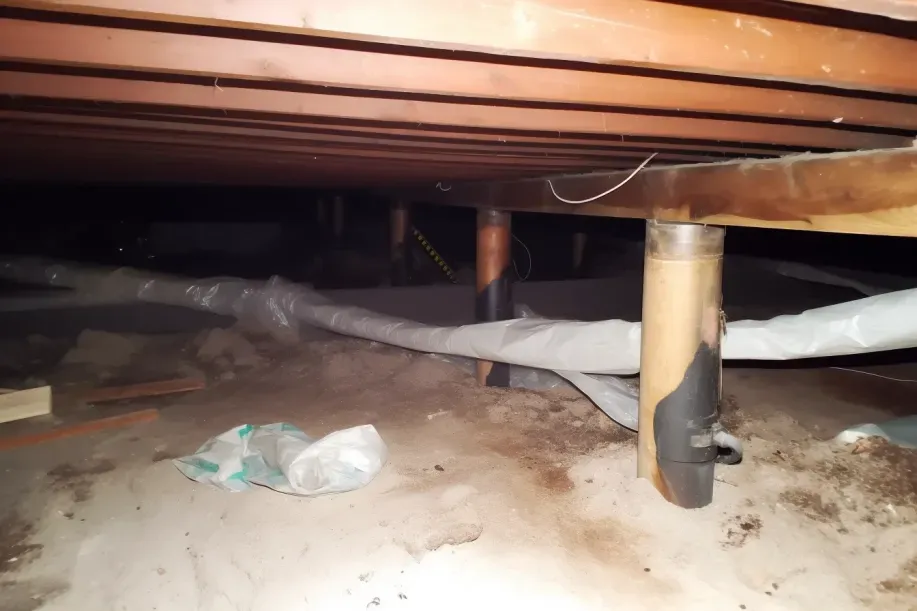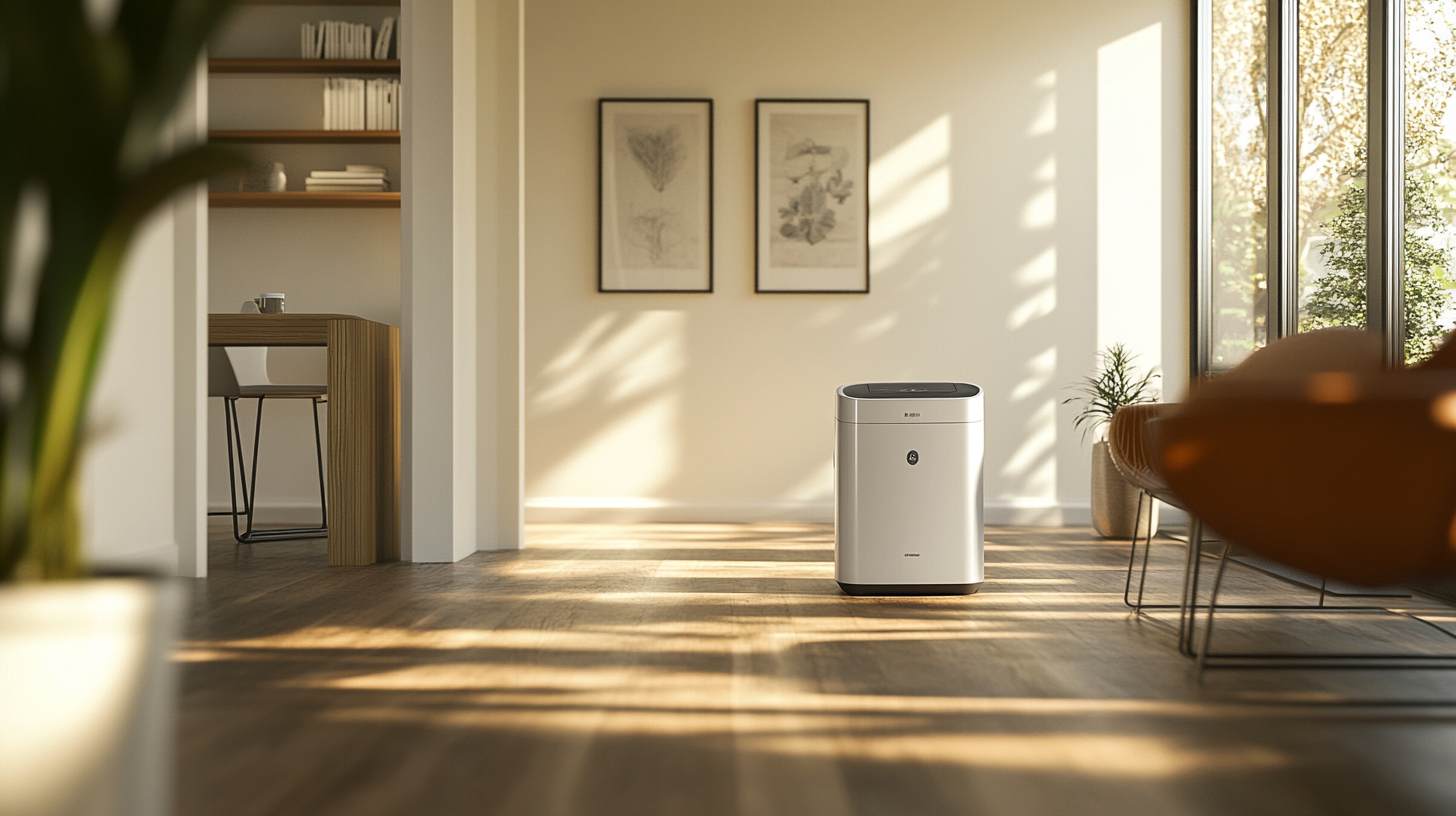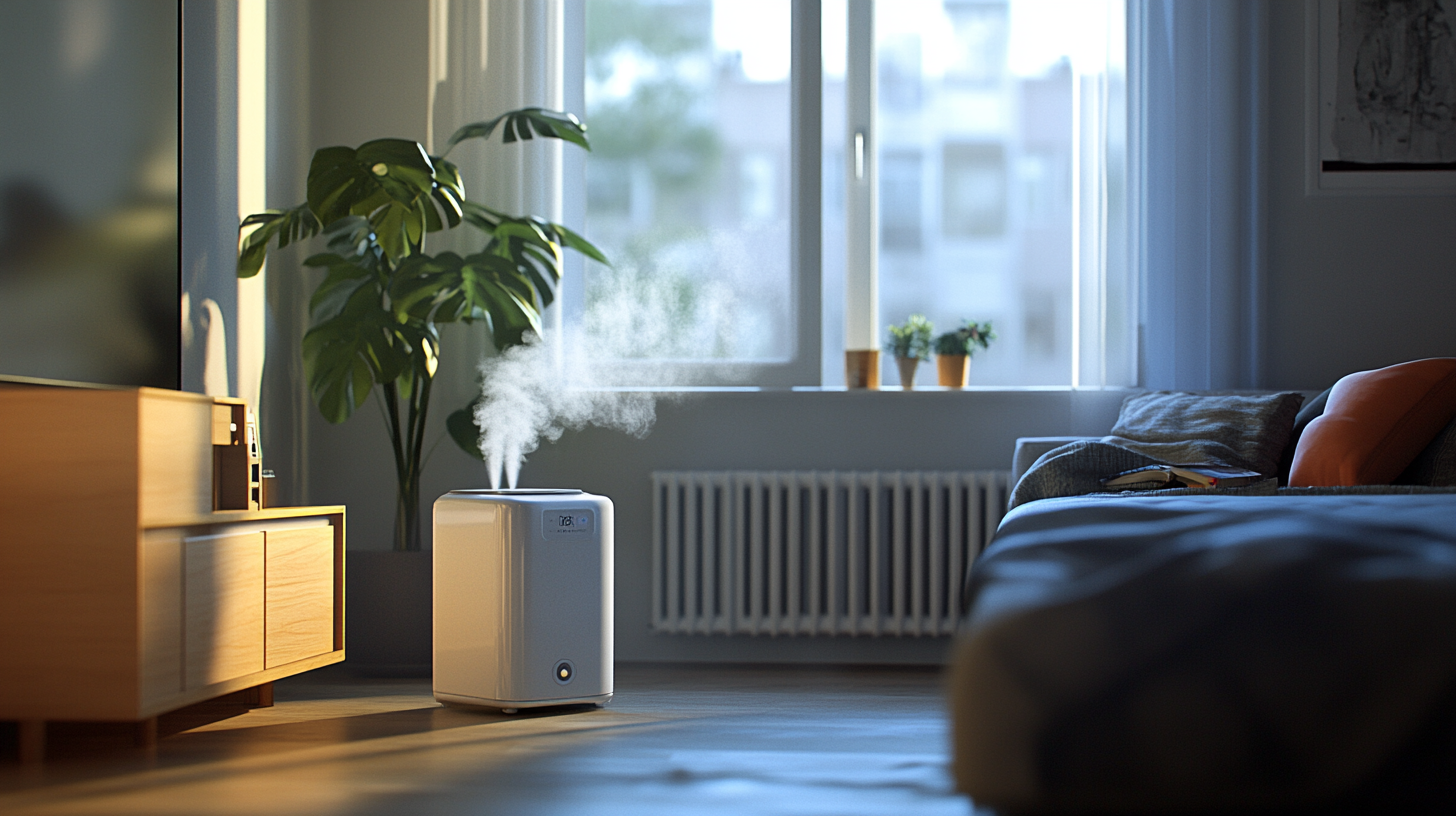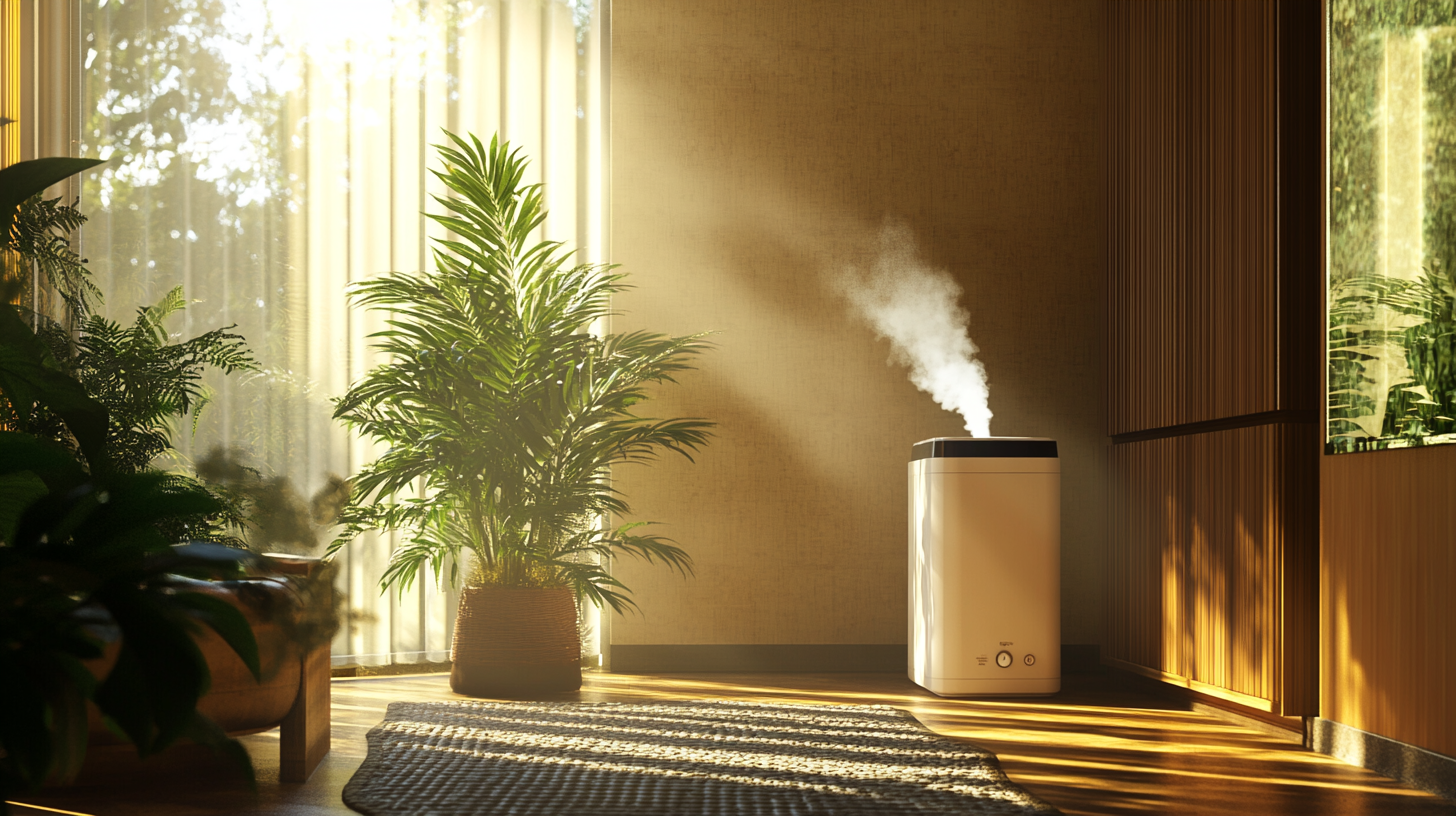
Welcome to our in-depth exploration of the vulnerability of wood to moisture damage, a critical issue for anyone dealing with wooden structures, be it in construction, furniture, or home design. Wood, a natural and widely used material, is renowned for its strength and aesthetic appeal. However, its organic nature makes it susceptible to moisture, leading to a range of problems that can compromise both its beauty and structural integrity.
The Susceptibility of Wood to Moisture Damage
Wood is a hygroscopic material, meaning it naturally absorbs and releases moisture from the surrounding environment. This characteristic, while beneficial in some respects, also makes wood prone to moisture damage under certain conditions. In this blog, we delve into the science behind wood's interaction with moisture and how this can lead to various forms of damage over time.
Consequences of Moisture in Wooden Structures
Moisture can be a formidable enemy to wooden structures. When wood absorbs moisture, it can swell, warp, or even rot, which not only affects its appearance but also its structural soundness. From swollen doors and windows that won't close properly to compromised building structures, the impact of moisture on wood is far-reaching. We will explore these consequences in detail, providing insights into how moisture can affect different types of wooden structures and what this means for their longevity and safety.
Understanding Wood and Moisture Interaction
The relationship between wood and moisture is complex and significantly impacts the durability and appearance of wooden structures. This section explores how moisture affects wood and examines the moisture resistance of different types of wood.
How Moisture Affects Wood
Wood's interaction with moisture can lead to various physical changes and damage. Understanding these effects is crucial for proper wood care and maintenance.
Expansion, Contraction, and Warping: Wood fibers absorb moisture, causing the wood to expand. Conversely, when wood loses moisture, it contracts. This continual cycle of expansion and contraction can lead to warping, where the wood distorts from its original shape. This is particularly problematic in environments with fluctuating humidity levels.
Mold and Rot in Wood: Excessive moisture can also lead to the growth of mold and fungi on wood, which not only affects its appearance but can also weaken the wood's structure. Over time, this can lead to wood rot, a form of decay that occurs when wood stays wet for prolonged periods, especially in poorly ventilated areas.
Types of Wood and Their Moisture Resistance
Different wood species have varying levels of natural moisture resistance, and treatments can enhance this property.
Characteristics of Different Wood Species: Hardwoods like teak and cedar are known for their natural moisture resistance and are often used in outdoor or high-moisture environments. Softwoods, such as pine and spruce, are less resistant to moisture but are popular due to their affordability and ease of use.
Treated vs. Untreated Wood: Treatment processes, such as pressure treating or applying sealants, can significantly increase a wood's resistance to moisture. Treated wood is often used in outdoor settings or where direct contact with water is likely. Untreated wood, while maintaining its natural beauty, may require more maintenance and care to prevent moisture damage.
Preventative Measures for Moisture Control
Effective moisture control in wooden structures is not just about addressing problems as they arise; it's about implementing preventative strategies right from the design and construction phases. This section covers essential design and construction techniques, as well as material selection, to minimize moisture damage in wood.
Proper Design and Construction Techniques
The design and construction of a structure play a pivotal role in how it interacts with moisture. Here are some key considerations and best practices:
- Design Considerations for Minimizing Moisture Exposure: When designing structures or spaces that incorporate wood, consider factors like orientation, ventilation, and drainage. Design elements such as overhangs, proper sloping, and adequate spacing from the ground can significantly reduce the wood's exposure to moisture.
- Best Practices in Construction to Prevent Moisture Ingress: During construction, focus on creating tight seals at joints and intersections to prevent water ingress. Use moisture barriers in walls and floors to protect against ground moisture. Ensure that the construction site is dry before installing wood materials, and consider the seasonal timing of construction activities to avoid periods of high humidity.
Selecting the Right Materials
Choosing the right materials is crucial for enhancing the moisture resistance of wooden structures.
Choosing Moisture-Resistant Wood and Protective Coatings: Opt for woods known for their natural moisture resistance, such as cedar or redwood, especially in areas prone to dampness. Applying protective coatings like varnish or sealants can also enhance the moisture resistance of less durable woods.
Importance of Quality Sealants and Barriers: High-quality sealants are essential for protecting wood from moisture. They should be applied to all exposed wood surfaces, including ends and joints. Additionally, integrating vapor barriers in walls and using waterproof membranes in foundations can provide an extra layer of protection against moisture.
Maintenance and Care of Wooden Structures
Proper maintenance and care are crucial for preserving the integrity and appearance of wooden structures. This section provides guidance on routine inspections, upkeep, cleaning, and treating wood surfaces to protect them from moisture damage.
Routine Inspections and Upkeep
Regular inspections and maintenance are key to extending the life of wooden structures and preventing costly repairs.
Identifying Early Signs of Moisture Damage: Regularly inspect wood for signs of moisture damage, such as discoloration, warping, swelling, or the presence of mold and mildew. Early detection is crucial for preventing further damage. Pay special attention to areas that are prone to moisture exposure.
Seasonal Maintenance Checklist: Develop a seasonal maintenance routine. In spring, check for damage caused by winter weather and prepare for rainier months. In autumn, ensure that wood is protected against the upcoming cold and wet conditions. This checklist should include cleaning gutters, inspecting roof shingles, sealing gaps, and checking the drainage around the structure.
Cleaning and Treating Wood Surfaces
Keeping wood clean and well-treated is essential for its preservation.
Effective Cleaning Methods: Clean wood surfaces regularly to remove dirt, debris, and potential mold. Use a soft brush and a mild detergent solution for cleaning. Avoid using harsh chemicals or power washing with high pressure, which can damage the wood.
Applying Protective Finishes and Sealants: After cleaning, apply protective finishes or sealants to wood surfaces. This can include stains, varnishes, or waterproofing sealants. These finishes not only enhance the wood's appearance but also provide a barrier against moisture and UV damage. Reapply these treatments every few years or as recommended by the product manufacturer.
Moisture Control in Specific Wooden Structures
Effective moisture control is essential for the longevity and integrity of wooden structures. Different types of structures require specific strategies to protect them from moisture-related damage. This section focuses on moisture control in wooden homes and the preservation of wooden decks and outdoor structures.
Moisture Control in Wooden Homes
Wooden homes, with their frames and exteriors made of wood, demand a comprehensive approach to moisture control.
Strategies for Homes with Wooden Frames and Exteriors: To protect wooden homes from moisture, start with a solid foundation. Ensure proper drainage around the home to prevent water accumulation. Use high-quality, moisture-resistant materials for construction, and apply waterproof coatings or sealants to exterior wood surfaces. Regularly inspect for and repair any cracks or gaps in the siding, windows, and doors, as these can be entry points for moisture. Inside the home, maintain a stable humidity level with proper ventilation and the use of dehumidifiers if necessary.
Preserving Wooden Decks and Outdoor Structures
Wooden decks, patios, and garden structures are constantly exposed to the elements, making them particularly vulnerable to moisture damage.
Special Considerations for Decks, Patios, and Garden Structures: Start by choosing the right material. Woods like cedar, redwood, or pressure-treated lumber are more resistant to moisture and decay. Regularly clean and inspect these structures for signs of moisture damage, such as rot or mold. Apply a water-repellent finish or sealant annually to protect the wood from rain and humidity. Ensure that there is adequate spacing between boards for air circulation and that the structure is elevated slightly off the ground to prevent direct contact with soil. Additionally, consider using galvanized or stainless steel fasteners to prevent rust and corrosion.
Advanced Moisture Protection Techniques
To ensure the longevity and integrity of wooden structures, advanced moisture protection techniques are essential. This section delves into the use of vapor barriers and house wraps, as well as the implementation of effective drainage solutions.
Using Vapor Barriers and House Wraps
Vapor barriers and house wraps are critical components in protecting wooden structures from moisture damage.
Benefits and Installation Tips for Vapor Barriers: Vapor barriers are materials used to prevent moisture from penetrating walls and other parts of a building. They are particularly effective in damp climates and are usually installed on the warm side of the insulation in a building. When installing vapor barriers, ensure that they cover the entire surface and that all seams are sealed properly to prevent moisture ingress. It's also crucial to avoid puncturing the barrier during installation.
How House Wraps Contribute to Moisture Control: House wraps, installed over the sheathing and beneath the exterior siding, serve as a protective layer for your home. They allow moisture from inside the house to escape while preventing water and wind from penetrating from the outside. When installing house wraps, overlap the sheets to ensure complete coverage and use tape to seal the seams. Ensure that the wrap is properly integrated with window and door flashings for maximum effectiveness.
Implementing Drainage Solutions
Proper drainage is a key aspect of protecting wooden structures from moisture damage.
Importance of Proper Drainage Around Wooden Structures: Effective drainage systems prevent water from pooling around wooden structures, which can lead to rot and decay. Ensure that the ground around the structure slopes away from the foundation to facilitate water runoff.
Techniques for Diverting Water Away from Wood: Install gutters and downspouts to direct rainwater away from the structure. Consider using French drains, which involve a trench filled with gravel and a perforated pipe, to redirect water away from the foundation. Additionally, ensure that landscaping and garden features do not direct water towards the wooden structure.
FAQs
-
What Causes Moisture in Wood?
Moisture in wood is primarily caused by exposure to environmental humidity, rain, or direct contact with water. Wood absorbs and releases moisture based on the surrounding climate.
-
Signs of Moisture Damage in Wood?
Signs include warping, swelling, discoloration, mold growth, and in severe cases, wood rot. Soft spots or a musty odor can also indicate moisture issues.
-
How to Prevent Wood Moisture Damage?
Prevent damage by using moisture-resistant wood, applying sealants, ensuring proper ventilation, maintaining gutters and downspouts, and using vapor barriers in construction.
-
Best Wood for Moisture-Prone Areas?
Cedar, redwood, and pressure-treated woods are best for moisture-prone areas due to their natural resistance to rot and decay.
-
Frequency of Wood Sealant Reapplication?
Typically, reapply wood sealant every 1-3 years, but this can vary based on the type of sealant, climate conditions, and the wood's exposure to elements.
Contact Crawl Logic Today!
Crawl Logic will do everything we can to ensure your experience with us is excellent.
Request A FREE Estimate
We will get back to you as soon as possible.
Please try again later.
CHECKOUT RECENT POST



Schedule Your FREE Crawl Space Evaluation!
Did you know YOU DON'T HAVE TO BE HOME for us to provide you with your 100% FREE crawl space inspection and report?
CHOOSE THE BEST OPTION, CRAWL LOGIC!
Ready to Elevate Your Experience? Let's embark on a journey to success together! Our team is dedicated to delivering excellence and innovation tailored to your unique needs. Connect with us now to discover how our services can transform your vision into reality. Your next big leap starts here
HOURS
Monday: 8:00AM - 5:00PM
Tuesday: 8:00AM - 5:00PM
Wednesday: 8:00AM - 5:00PM
Thursday: 8:00AM - 5:00PM
Friday: 8:00AM - 5:00PM
Saturday: 8:00AM - 5:00PM
Sunday: 8:00AM - 5:00PM
Copyright © 2020 Crawl Logic - Franklin Crawl Space Encapsulation and Repair
